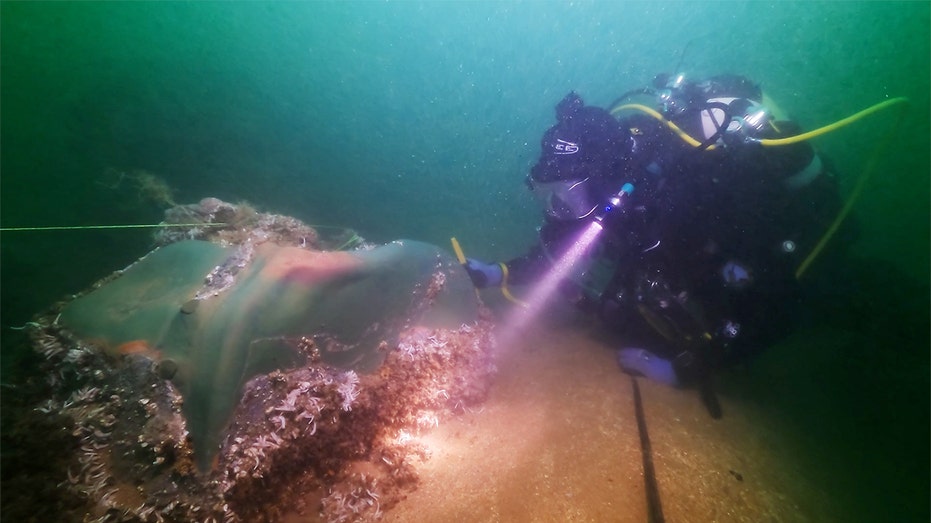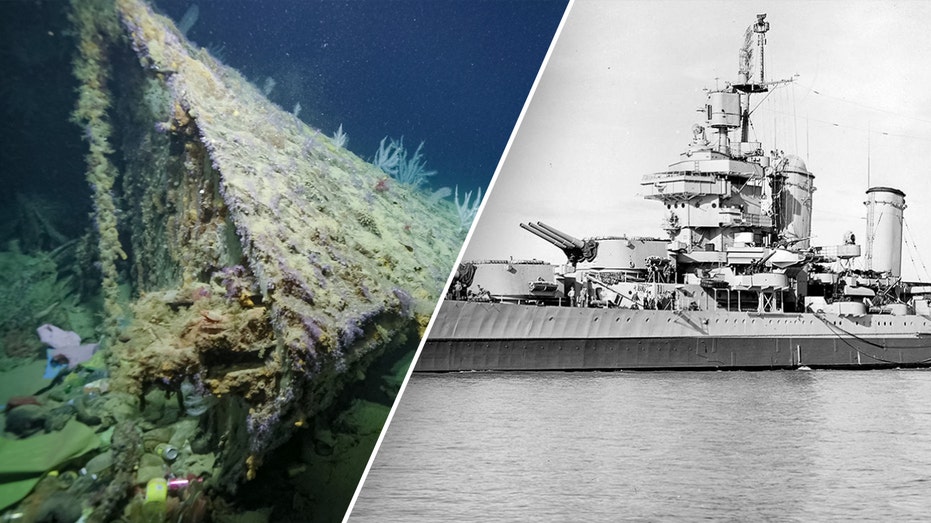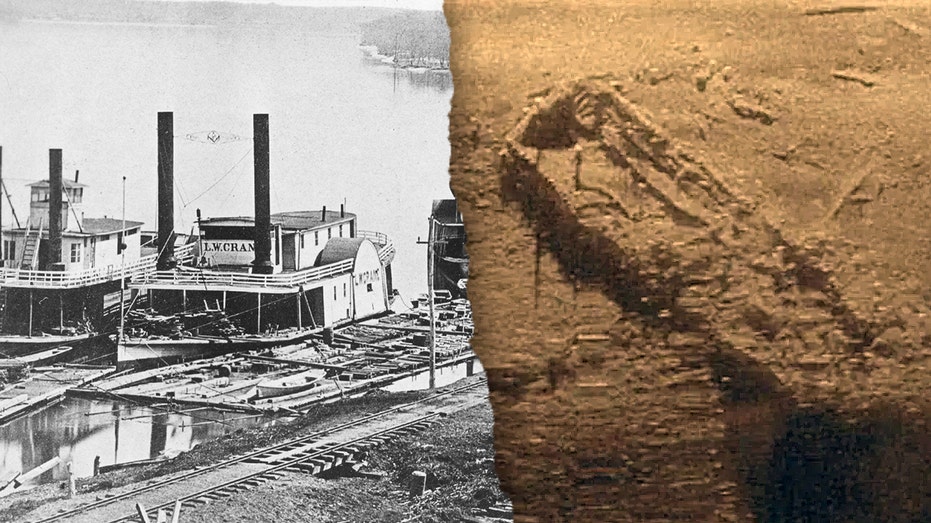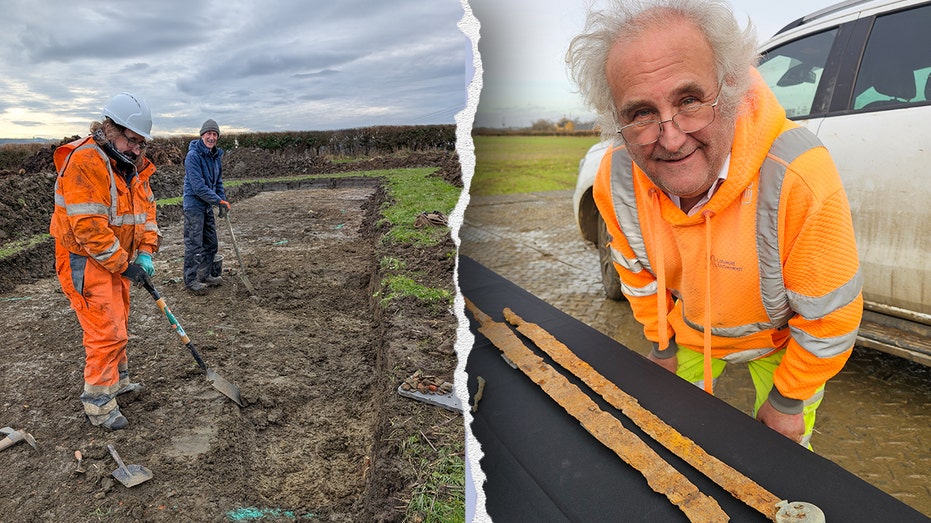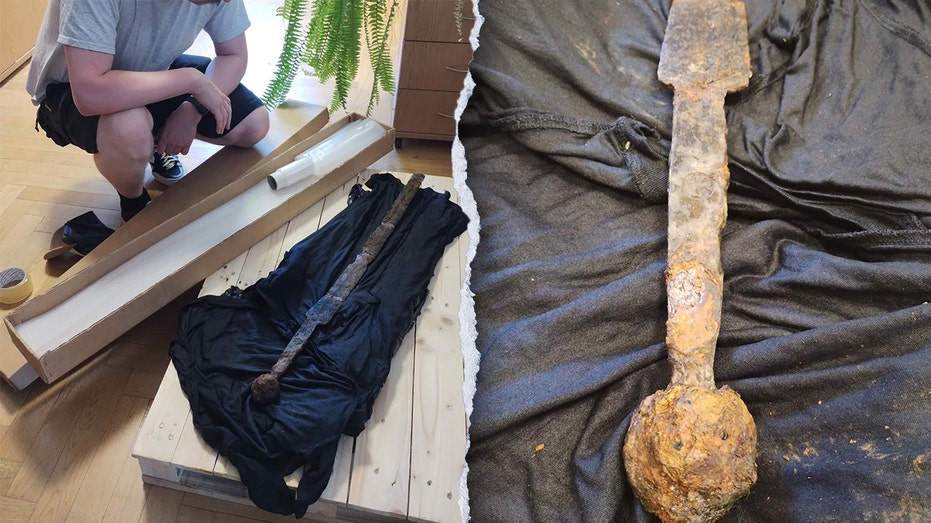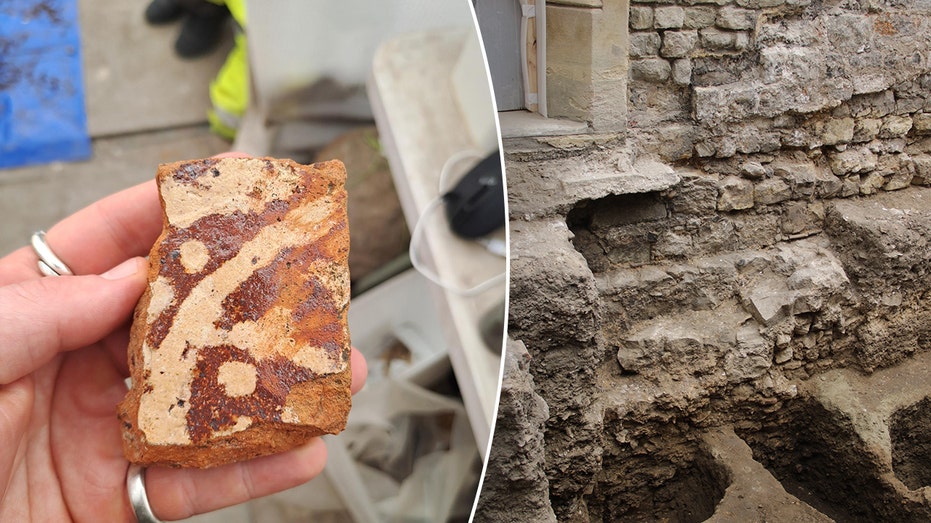Northumberland Shipwreck Discovery: Unearthing Stuart Era Naval History

Sarah Johnson
August 15, 2025
Brief
Analysis of the Northumberland shipwreck discovery, exploring its historical significance, preservation challenges, and potential impacts on maritime and Stuart era historical understanding.
Unearthing History: The Northumberland Shipwreck and its Significance
Opening Analysis: The discovery and detailed documentation of the Northumberland shipwreck offer a rare glimpse into naval technology and maritime life during the Stuart era. Its exceptional state of preservation provides invaluable insights for historians and archaeologists. However, the fleeting nature of its preservation highlights the ongoing challenges of protecting underwater cultural heritage from natural forces.
The Bigger Picture: The Stuart period (1603-1714) was a transformative era for England's naval power. The Northumberland, built in 1679, represents a crucial phase in shipbuilding and naval strategy as England established itself as a maritime superpower. The Great Storm of 1703, which claimed the Northumberland, was one of the most devastating storms in European history, causing widespread destruction and claiming thousands of lives. This context emphasizes the historical significance of the Northumberland, linking it to pivotal moments in naval history and climatic events.
What This Really Means: The Northumberland's remarkably preserved state offers a unique opportunity for archaeologists to study shipbuilding techniques, trade routes, and the daily lives of sailors from the late 17th century. The artifacts found within the wreck, like musketballs and sealed chests, could reveal details about naval warfare tactics, cargo, and personal items of the crew. More broadly, the Northumberland embodies the risks inherent in maritime activity during this era — dangers posed by both weather and warfare. The find also underscores the delicate balance between preservation and the destructive forces of the marine environment.
Expert Perspectives: According to Dr. Sean Kingsley, a leading maritime archaeologist, "Shipwrecks are time capsules that provide a window into the past. The Northumberland, in particular, holds immense potential for understanding the social and economic dynamics of the Stuart era navy." Further, Dr. Claire Jowitt, a historian specializing in 17th-century England, notes, "The ship's construction and contents can offer clues about the naval capabilities and global ambitions of England during a period of intense colonial expansion and maritime competition."
Data & Evidence: The Goodwin Sands, where the Northumberland rests, are known for their unique preservation conditions. These shifting sands provide initial protection by burying wrecks, keeping them insulated from strong currents and wave action. However, this is a double-edged sword as these sands also have the potential to expose the wreck to rapid deterioration. Studies from Historic England indicate that unprotected wooden shipwrecks in similar environments can degrade by as much as 20% per year once exposed.
Looking Ahead: The immediate focus should be to thoroughly document the site. While archaeologists rightfully prioritize surveying instead of artifact removal, a clear strategy should be implemented that balances on-site preservation with selective recovery of key artifacts for study and eventual museum display. Simultaneously, strategies need to be formed for monitoring the sand movements around the site and develop methods to mitigate potential threats from increased exposure. Understanding climate change impacts on the Goodwin Sands is also going to be crucial for long-term preservation efforts.
The Bottom Line: The Northumberland shipwreck represents a find of immense historical value and its fleeting preservation poses a challenge to archaeologists and preservationists. The continued study of the wreck stands to profoundly enrich our understanding of the Stuart era, maritime history, and ship-building technologies. Simultaneously it underscores how a combination of natural forces, historical circumstance, diligent preservation, and technological advances can combine to bring the distant past into clearer view.
Expert Quotes:
- Dr. Sean Kingsley: "Shipwrecks are time capsules, offering unparalleled insights into past societies and technologies. The Northumberland is an especially rich find due to its remarkable preservation."
- Dr. Claire Jowitt: "The vessel's structure and onboard artifacts will shed light on everyday life and strategic considerations within the English Navy during the Stuart era."
Key Insights:
- The Northumberland offers a rare glimpse into 17th-century naval technology and maritime life.
- The shifting sands of the Goodwin Sands both preserve and threaten the shipwreck.
- Studying the wreck can provide valuable insight into England's naval power during the Stuart era.
- Preservation efforts must balance surveying, selective artifact removal, and monitoring of environmental changes.
- The discovery is a poignant reminder of the risks inherent in maritime activity from weather and human conflict.
Related Topics:
- Maritime Archaeology
- Stuart Era History
- Shipwreck Preservation
- Naval Technology
FAQ Section:
-
Question: What makes the Northumberland shipwreck so significant?
Answer: The Northumberland shipwreck is significant due to its age (dating back to 1703), its exceptionally well-preserved condition, and its location in the Goodwin Sands, which provide a unique environment for the preservation of organic materials. The ship offers an invaluable glimpse into naval technology and maritime life during the Stuart era, a pivotal time in England's rise as a naval superpower.
Editorial Comments:
-
Timestamp: August 16, 2025
Sarah Johnson's Comment: This discovery underscores the inherent tension between archaeological exploration and preservation. While detailed documentation and potentially recovering some artifacts is necessary to maximize study, every action taken risks disturbing the delicate balance that has allowed the Northumberland to survive for over three centuries. The long-term strategy must consider climate change projections, which could dramatically alter the environmental conditions of the Goodwin Sands, potentially accelerating the wreck's deterioration regardless of immediate preservation efforts. We must also consider the ethical implications of disturbing what could be the final resting place of sailors who perished when the ship sank.
Topics
Editor's Comments
This discovery underscores the inherent tension between archaeological exploration and preservation. While detailed documentation and potentially recovering some artifacts is necessary to maximize study, every action taken risks disturbing the delicate balance that has allowed the Northumberland to survive for over three centuries. The long-term strategy must consider climate change projections, which could dramatically alter the environmental conditions of the Goodwin Sands, potentially accelerating the wreck's deterioration regardless of immediate preservation efforts. We must also consider the ethical implications of disturbing what could be the final resting place of sailors who perished when the ship sank.
Like this article? Share it with your friends!
If you find this article interesting, feel free to share it with your friends!
Thank you for your support! Sharing is the greatest encouragement for us.
